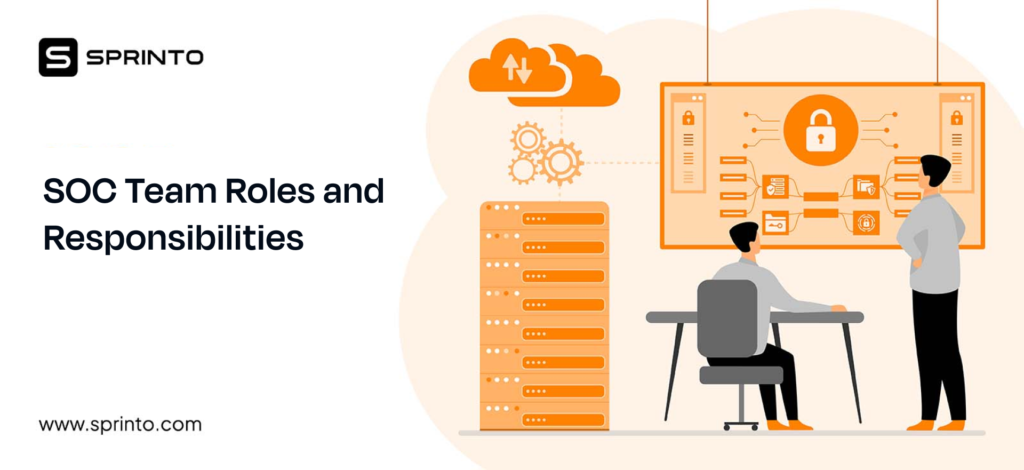Glossary of Compliance
Compliance Glossary
Our list of curated compliance glossary offers everything you to know about compliance in one place.
HITRUST Assessment Process
HITRUST requires organizations to follow a step by step process to evaluate their information security posture against its guidelines. The process includes:
- Conduct a readiness assessment: It is a self assessment that helps organizations identify their current status and identify gaps in the control implementation. Doing this helps you understand how well your organization aligns with HITRUST requirements before you proceed for a formal assessment.
- Select controls: Choose the appropriate control set based on the level of your risk and regulatory requirements. HITRUST offers two primary assessment types: the Implemented 1-Year (i1) assessment and the Risk-Based 2-Year (r2) assessment. The i1 is designed for lower-risk environments, while the r2 is more comprehensive and suited for higher-risk organizations.
- Undergo the validated assessment: Once you have completed the readiness assessment phase, the next step is to undergo a validated assessment. A HITRUST Authorized External Assessor will review it, followed by an independent third party assessor who evaluates if you have implemented the right controls and if these controls operate as intended.
- Submit and get certified: Once the external assessor completes their evaluation, they will share the findings to HITRUST. At this stage, they will verify it for consistency and quality. If the standards are met, you will be certified, which is valid for either one year (i1) or two years (r2).
Additional reading
Complementary User Entity Controls: The key to Enhanced Security
Imagine if a bank provides you with a vault equipped with a high-quality locking mechanism and surveillance systems, you assume that you are protected from all theft and your assets are safe. However, if you are negligent with your key and pass code, the bank cannot safe-keep your assets. The vault’s features and user entity…
SOC Team Roles and Responsibilities – How SOC Team Structure Looks like
Security teams are racing to fix every new vulnerability detected in their ever-evolving and ever-expanding technology infrastructure landscape. As a result, the responsibility of maintaining a holistic security posture is assigned to the Security Operations Center (SOC) team. At a high level, a SOC team looks after maintaining their security monitoring tools and investigates suspicious…
GRC Metrics: KPIs, KRIs, & KCIs Explained + Sample Checklist
As you scale, the amount of people, processes, and technology you add to your infrastructure increases. This not only adds a number of risks into the mix but also creates an unprecedented level of compliance chaos. The emergence of GRC helps to close these gaps. This module heavily depends on certain metrics – KPIs, KRIs,…

Sprinto: Your growth superpower
Use Sprinto to centralize security compliance management – so nothing
gets in the way of your moving up and winning big.



